Mumbai was built on energy and motion and imagination,” muses Minal Vazirani, “It is not a city that sits still.” Days before the third edition of Art Mumbai is to open — significantly bigger than last year — its sleep-deprived co-founder sits in the midst of the bustle at Mahalaxmi Racecourse, speaking about the desire to capture the flavour of the city in their three-day art blowout. “I think that sense of restlessness continues to move the city.”
It’s an apt description for Art Mumbai itself: a fair that has grown more than 60% in gallery participation since its debut in 2023, and expects to double its visitor numbers (24,000) from last year. With over 2,000 works, 82 galleries, a star-studded speaker series, a curated sculpture park featuring women artists from the subcontinent (including Adeela Suleman, Shanthamani Muddaiah and Tarini Sethi), parallel exhibitions, walks and performances, and at least two art parties each night, — all after an opening day showcase by designers Abu Jani and Sandeep Khosla — Art Mumbai has stepped it up, moving at supersonic speed. But its evolution also captures a significant moment for India’s financial capital: can a city that never sits still become a place where art takes root?
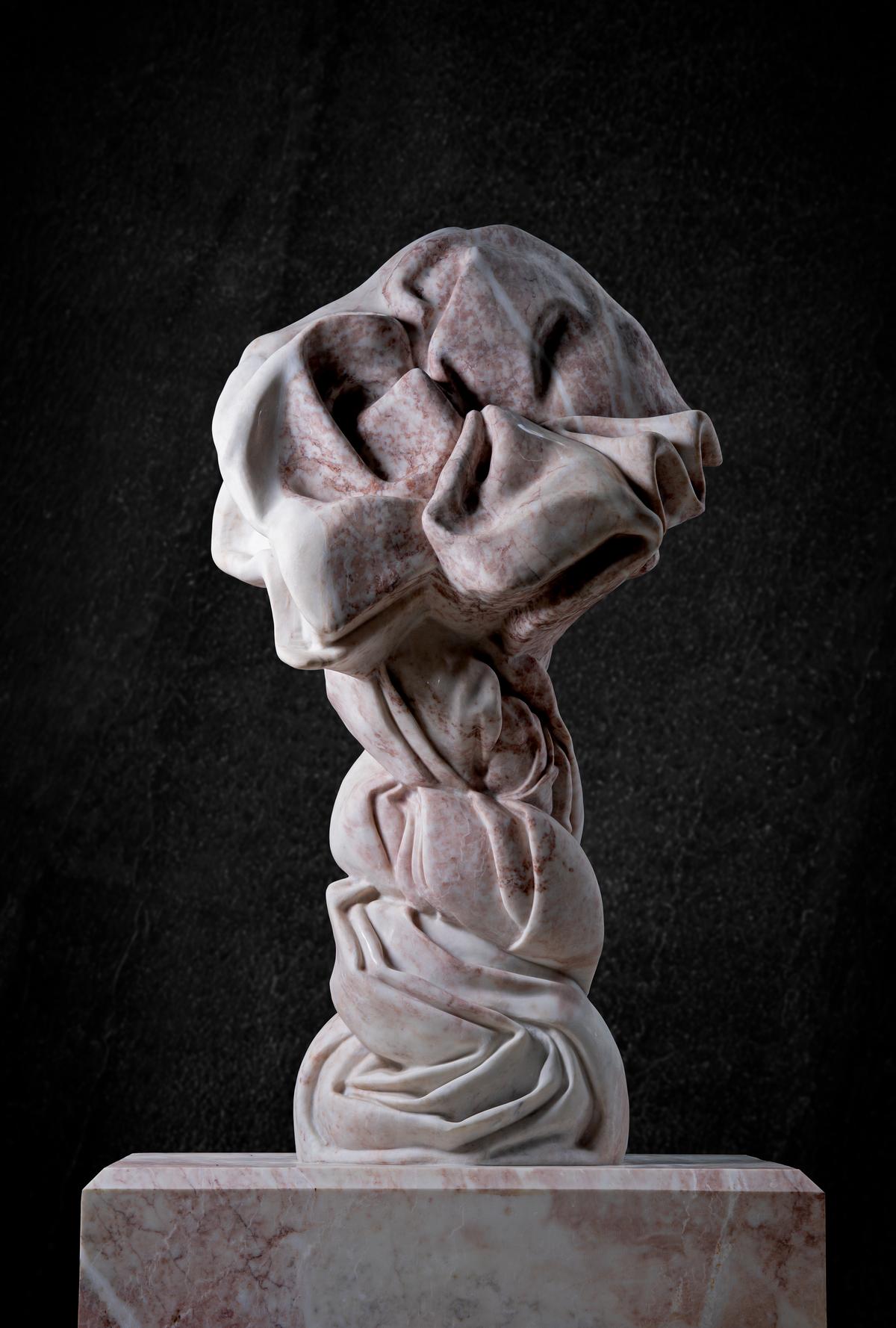
Mumbai as an art hub has never been an alien notion, says Vazirani, anchored as the city is in a strong market. In fact, she cites an early 2000s study conducted for Saffronart suggesting that the city comprises an estimated 65% of India’s total art market — a staggering figure that speaks to decades of collecting culture. “The Mumbai art market has been strong and steady, but I think Mumbai can be a little understated about things.”

Minal Vazirani
She points to the city’s undeniable artistic legacy: it has the JJ School of Arts, one of India’s oldest art institutions. It was home to the Progressive Artists’ Group, founded in 1947, and a defining chapter in modern art. It is also home to the Bhulabhai Desai Memorial Institute (BDMI), whose influence during the 1960s and 70s has rippled across music and theatre — with stalwarts Ravi Shankar, V S Gaitonde and P L Deshpande in the mix. The BDMI’s footprint is the subject of a speaker session at Art Mumbai 2025. “We also have the Prithvi Theatre, the NCPA, the Royal Opera House, which have been venues and incubators for incredible performers and talent,” Vazirani notes.
The city boasts Art Deco architecture second only to Miami Beach globally, celebrating its centenary this year, and even a galaxy of cultural custodians, such as the architect-collector Sohrabji Kaikushro Bhedwar, whose collection is on view at the Chhatrapati Shivaji Maharaj Vastu Sangrahalaya.
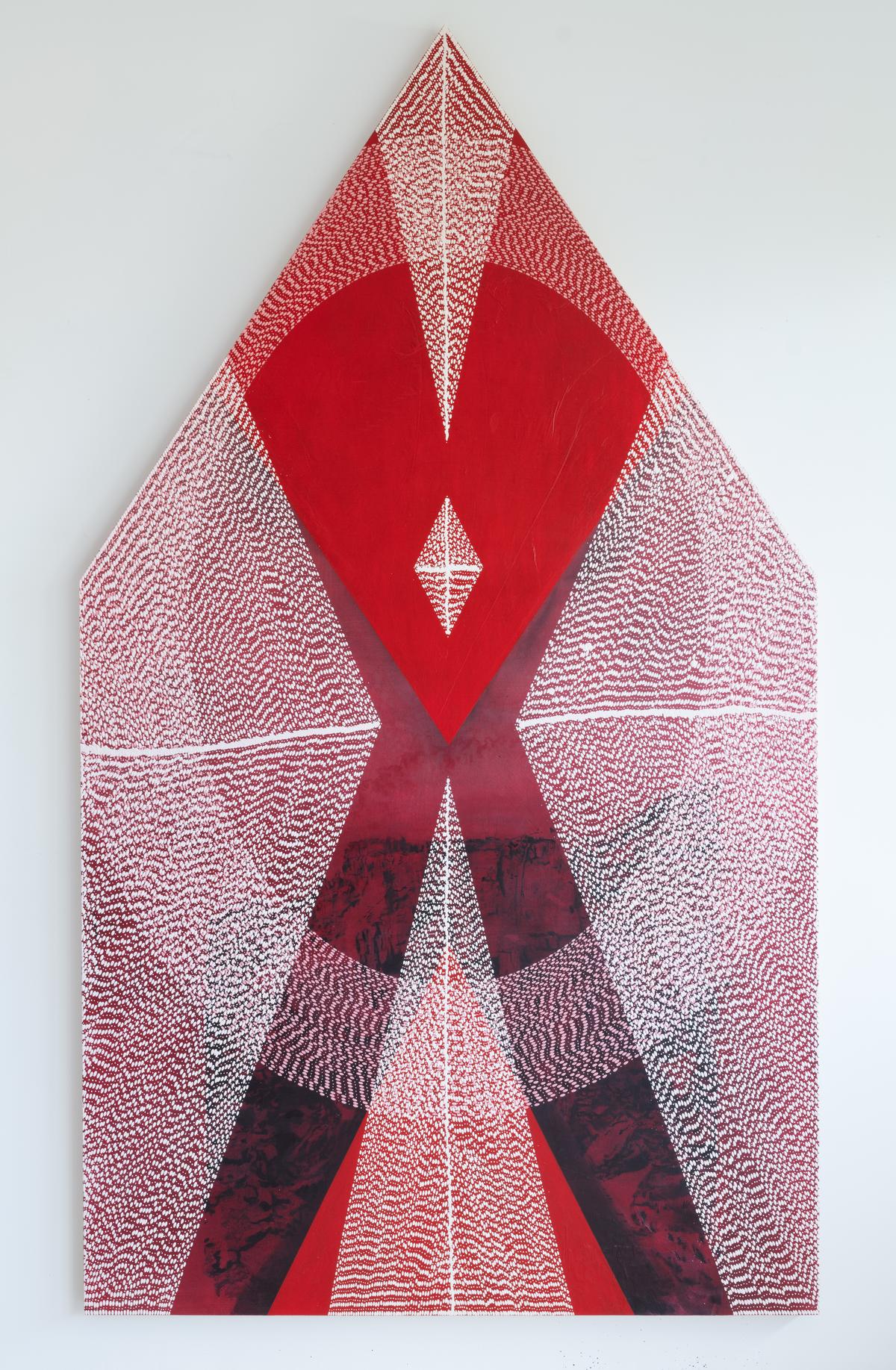
Radhika Khimji’s My torso hovers in a segment broken through
A compounding effect
Fast forward to the 21st century, and the current burst in new galleries (from 47A to Subcontinent to Muziris Contemporary), record-breaking auctions and public-facing programmes such as Mumbai Gallery Weekend and Art & Wonderment’s walks are only augmenting a momentum that had begun to gather in the early- to mid-2000s, when Indian art saw its first big boom.
Yet, perhaps, something was missing — or rather, something needed activating. Enter Art Mumbai, which in its third year has had what Aparajita Jain of Nature Morte calls a “compounding effect”. “A fair is fundamentally about sales, and they’ve done very well on that front,” she says. “It’s becoming a more serious affair but also, around this time, galleries put in that much effort. It becomes an aggregation.”
Phaneendra Nath Chaturvedi’s A Throne of a Thousand Wings
| Photo Credit:
Raj Salhotra Photogarphy
Indeed, in the last week, much wine has flowed and many cheese platters have circulated as new exhibitions have opened in galleries and museums across the city. Nature Morte is presenting a solo show by museum-celebrated artist Asim Waqif. Tarq’s artist Sameer Kulavoor has an exhibition at the Bhau Daji Lad Museum, curated by the museum director Tasneem Zakaria Mehta; while the anonymous artist Princess Pea reveals her true identity with a new show at Tarq’s Fort gallery.
The National Gallery of Modern Art has opened a Krishen Khanna retrospective, curated by Zehra Jumabhoy and Kajoli Khanna, timed to the fair. There’s also a Tyeb Mehta retrospective opening at the fair before moving to Saffronart gallery for the rest of the month — significant because, as Roobina Karode, director and chief curator of KNMA Delhi, points out, Mehta “drew a lot from the streets and from the everyday of Mumbai, particularly fascinated by the Bandra abattoir he sketched extensively”. Meanwhile, Art Deco Alive! is organising walks, talks and street parties well into the last week of November.
“The city comes alive at this time,” says Prateek Raja of Experimenter. Just last weekend, Raja signalled off the week’s festivities by hosting an Asia Society Trailblazers conversation with the Japanese immersive art behemoth teamLab — gazing into the future of art, immersive, digital and the human experience. As Hena Kapadia of Tarq observes, “ArtMumbai has definitely captured our imagination — you can see this in the breadth of shows and events that are happening this week and next.”
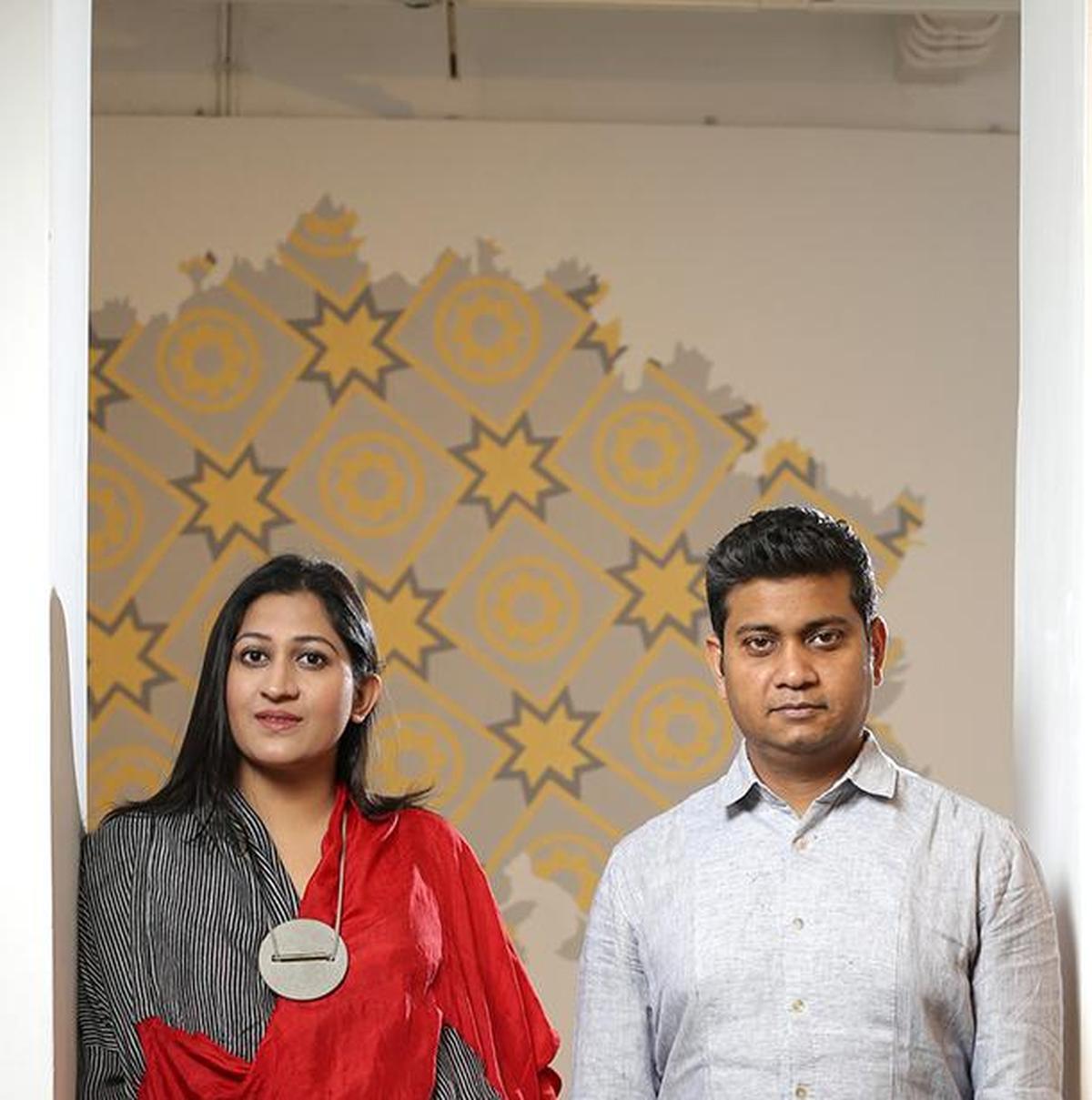
Prateek Priyanka and Raja
Collectors from satellite cities
The comparisons to other art capitals are inevitable. The Kochi-Muziris Biennale (KMB), founded in 2012, transformed a historic port city into South Asia’s contemporary art destination by revitalising colonial-era warehouses. Art Basel turned Miami Beach from a seasonal resort into a year-round art hub, spawning the Wynwood and Design District. Raja notes that those large-scale art events changed the landscape because they collaborated with much more agile governments to establish museums and evangelise local communities.
But Mumbai’s situation differs. “Art Mumbai might not be in the same league as Art Basel or Art Dubai, [but] Mumbai has always been a very important city,” says Jain. “So, while it doesn’t need a tourism push, what a fair like this does is that it brings a new cultural angle to the city.” The city and its galleries are now attracting collectors from satellite cities — Pune, Nashik, Baroda, Raipur, Nagpur — expanding the regional market. “Culture adds a bit of richness to the mix,” she adds.

Aparajita Jain
Yet, there’s a limit to what a temporary event can accomplish. “Look at the Middle East: with all the movements in Abu Dhabi and Saudi Arabia, it is becoming more important. Still, Dubai has had Art Dubai for 20 years now, but its gallery ecosystem is quite weak. It is not an art capital in the way Paris or New York are,” says Raja. It’s not just about that fair. It’s about artists who live there, make it their home.”
Jitish Kallat echoes this. “Mumbai has long had all the right raw materials for art to thrive,” says the artist and curator, whose works are part of the Chemould Prescott Road booth at Art Mumbai. “Besides it has been a muse in countless artworks, poems and films. That said, an art capital grows through the interplay of artists, galleries, institutions and publics. Strengthening public institutions, museums, archives and civic spaces will be key to sustaining this evolution.”
Ashish Anand of DAG adds another requirement: “patrons and collectors whose behaviours evolve in tandem with the market”. He notes that Mumbai and Delhi have successfully bridged generational changes, with mature collectors and institutions coexisting alongside newer platforms and galleries. “When behaviour shifts, infrastructure follows. And when infrastructure is in place, momentum becomes tangible. Mumbai, like New Delhi, is at that inflection point. And India is gaining by becoming an increasingly important driver of art.”
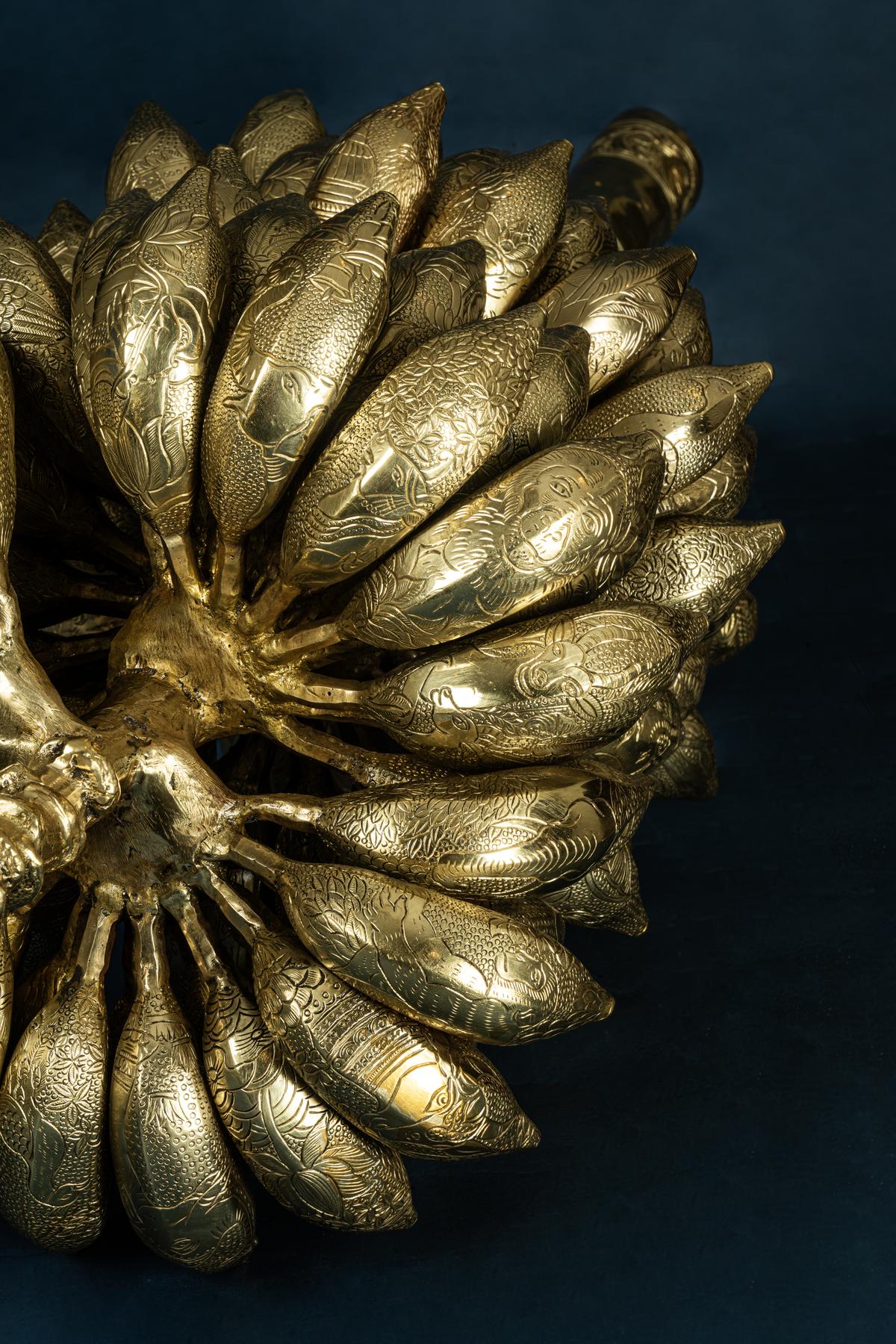
Jengum Gadi’s Untitled (2025, brass sculpture)
Mumbaikars take ownership
Delhi is home to a refined art ecosystem, gigantic museums (both recently renovated and under construction), and India’s most enthusiastic living art collector, Kiran Nadar. It’s a circuit that existed before India Art Fair launched in 2008, but also built upon it. Now, you hear of a new boutique art weekend opening in a different corner of the country every month — from the recently concluded Jodhpur Arts Week in October, the brand new IAF EDI+IONS in Hyderabad and Kolkata Art Weekender this month, to the Madras Art Weekend in December and Jaipur Art Week in January next year. There are wonderful spaces, according to Raja, to experiment, collaborate, and meet new buyers and collectors who may not be bothered to venture into the big city.
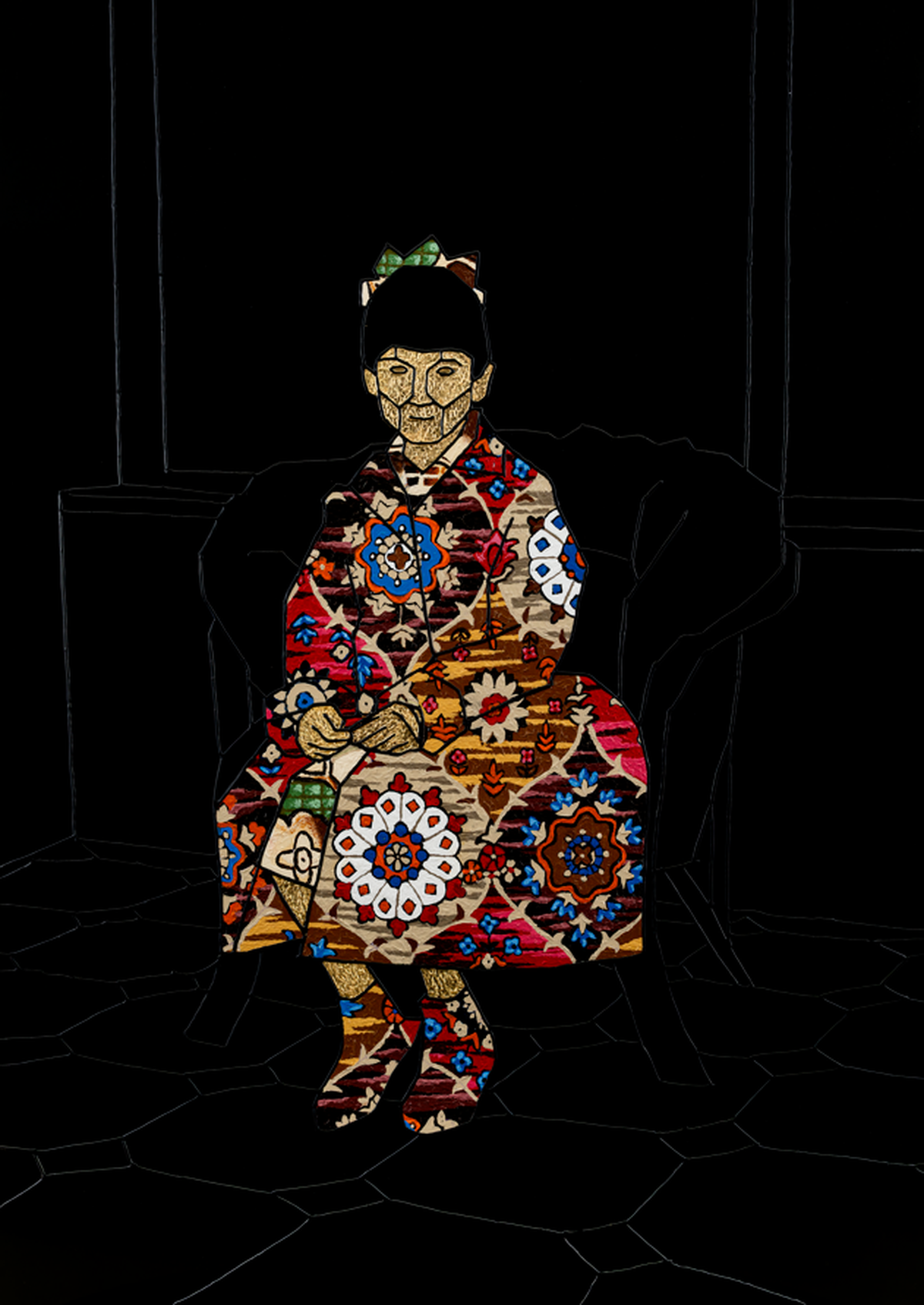
Hetain Patel’s Untitled (2025, mixed media on board)
| Photo Credit:
Courtesy Chatterjee and Lal
Mumbai, meanwhile, has energy. Vazirani describes visitors who “come in and acquire works” with genuine engagement. “They read, they study, they take notes, they have conversations with people.” The construction boom means “people now have larger apartments that they are looking to fill with art”. The fair, with its convivial atmosphere, becomes a gateway for those who might not think the gallery is for them. “The Tyeb Mehta show, for example, is a museum quality show in an art fair environment, shedding a little of that white cube intimidation and giving visitors across the four days access to a unique and specially curated exhibition.”
Perhaps most tellingly, Mumbaikars feel they have a stake. “Whether they’re affiliated or not, they feel ownership of the fair,” says Vazirani. “Art Mumbai increasingly feels like the coming together of a community and the building of a fellowship among the art fraternity that gathers every November in Mumbai.”
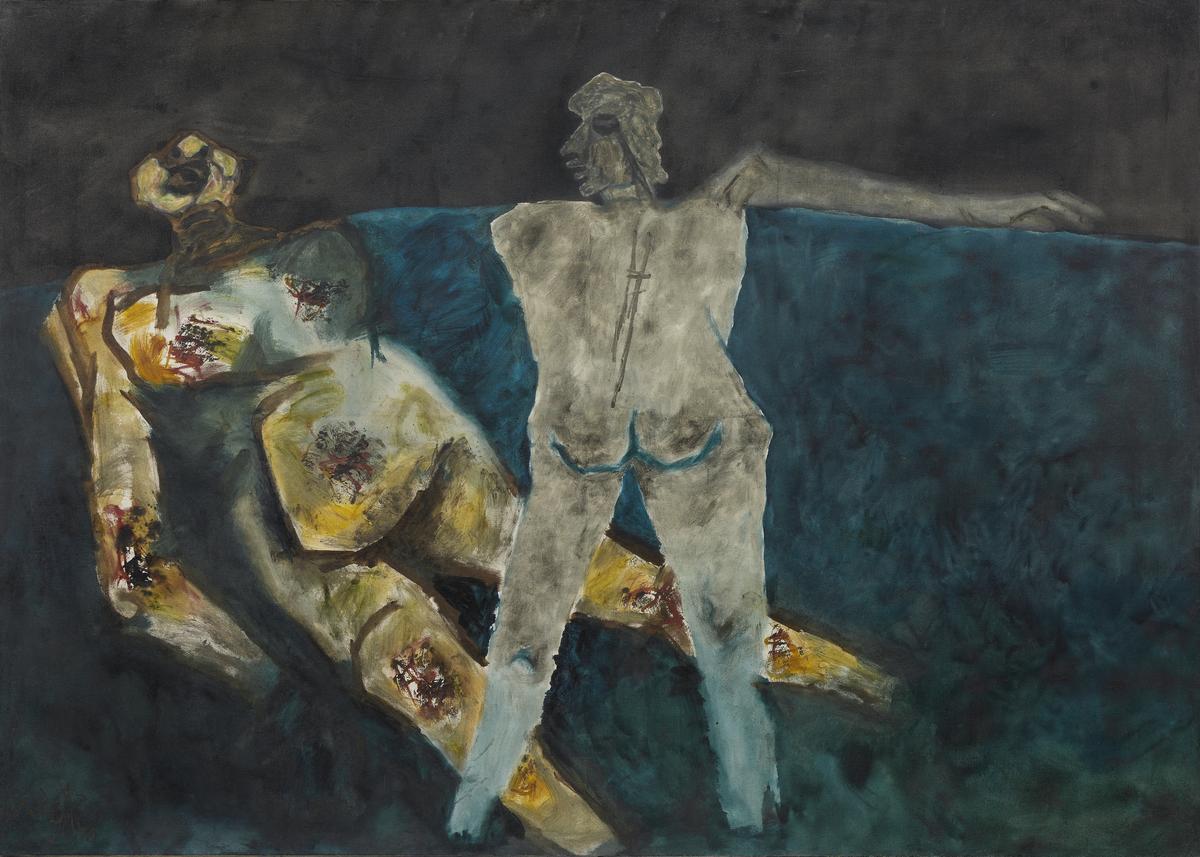
An M.F. Husain artwork
| Photo Credit:
Courtesy DAG
The question of what makes an art capital has preoccupied the art world for decades. According to a 2014 panel at Christie’s London featuring curator Ralph Rugoff and artist Michael Craig-Martin, the foundation must begin with a vibrant artist community — creating what they called a virtuous circle where good artists attract more good artists. Good nightlife, good restaurants and affordable spaces, a certain charm and energy, and crucially according to ArtPapers magazine, a pre-existing predilection for culture that can act, like any good sourdough, as the active “starter”.
“Mumbai has all the trappings of the actual things that a global art city needs,” says Raja. “It has a market, it has a keen audience. It has artists even if the city is continuously pushing them beyond the limits of the city. It has some very important institutions. It has an active gallery scene. The architecture is incredible — it is very difficult to find spaces with this much character in, say, Delhi. So yes, Mumbai will get there. It’s a matter of time and a question of sustainability. And that depends on all of us.”
The Mumbai-based independent journalist writes on culture, lifestyle and technology.

